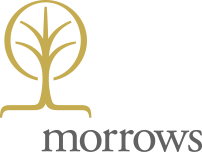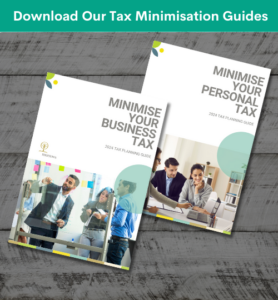As a business owner or investor, now is the ideal time to start planning for ways to reduce your tax liability. One strategy to consider is the use of a bucket company, a type of proprietary limited company that is often used for holding assets and distributing profits in a tax-effective manner.
In the lead-up to 30 June 2024, our advisors have prepared this article to explain the benefits of using a “bucket company” to save tax on trust profit distributions. If you have a Discretionary or Family Trust that generates profits, then this strategy may apply to you.
Before we explain the strategy let’s start with some basics:
What is a ‘bucket company’?
A bucket company is a company that is set up as a beneficiary to a trust. The reason we use the term ‘bucket’ is that the company sits below your trust and is used to pour money into it to reduce tax.
A “bucket company” strategy allows you to “cap” the tax on profits distributed by a trust to 30% or 25%. This is much less than the individual top marginal rate of 47%!
Here’s a summary of the current capped tax rates:
• The corporate tax rate (using bucket company) is 25% for Base Rate Entities and 30% for all other companies*
• The individual top marginal tax rate (without a bucket company) is 47%*
• A bucket company is not owned by the trust itself, though it may be owned by a trustee.
*Tax rates accurate as of June 2024.
Profits from a Trust?
Do you have a Discretionary or Family Trust that generates profits? If yes, then this strategy may apply to you.
A “bucket company” allows you to “cap” the tax on profits distributed by a trust to 30% or 25%. This is much less than the individual top marginal rate of 45%!
Here’s how this works:
Assume a trust earns profits from business and/or investments.
- Option 1: Distribute profits 50 / 50 to Individuals 1 and 2, who can have a marginal tax rate between 32.5% and 45%.
- Option 2: Distribute profits to individuals 1 and 2 up to the 32.5% tax bracket and the balance to the “bucket company”, which has a capped tax rate of 25% or 30%.
Depending on your situation, option 2 may create a significant tax saving for this financial year.
The after-tax cash in a “bucket company” can be used to invest in shares, property, or to lend to other entities at a specific interest rate.
How Morrows can help
Ultimately, the key to minimising your tax liability using a ‘bucket company’ needs to be carefully considered. You need to discuss this with your advisor BEFORE you do it.
There are different tax laws that affect the use of this strategy, and whether your “bucket company” can use a tax rate of 30% or 25%. Additionally, if cash is not available to be distributed to the “bucket company”, a Div. 7A Loan Agreement can be explored to extend the repayment period to 7 years (non-secured) or 25 years (secured). These loan repayments may also have tax implications.
As your Accountants, we can assist by advising whether this strategy would benefit your particular situation. We highly recommend meeting with your advisor early, so they can develop a customised tax strategy that meets your unique needs and goals. Our advisors can help you assess the pros and cons of using a bucket company and ensure that your tax planning strategies are compliant with current legislation.
Please reach out to your advisor to schedule a Tax Planning session. The sooner you meet and get started, the sooner our team can help you implement the right tax-saving strategies.
Want to learn more Tax Minimisation Strategies?
Our advisors have prepared two 2024 Tax Minimisation guides. These guides outline the various strategies we can consider to help reduce your personal or business tax bill this financial year. Fill in your details below, to gain access to these guides for free.






